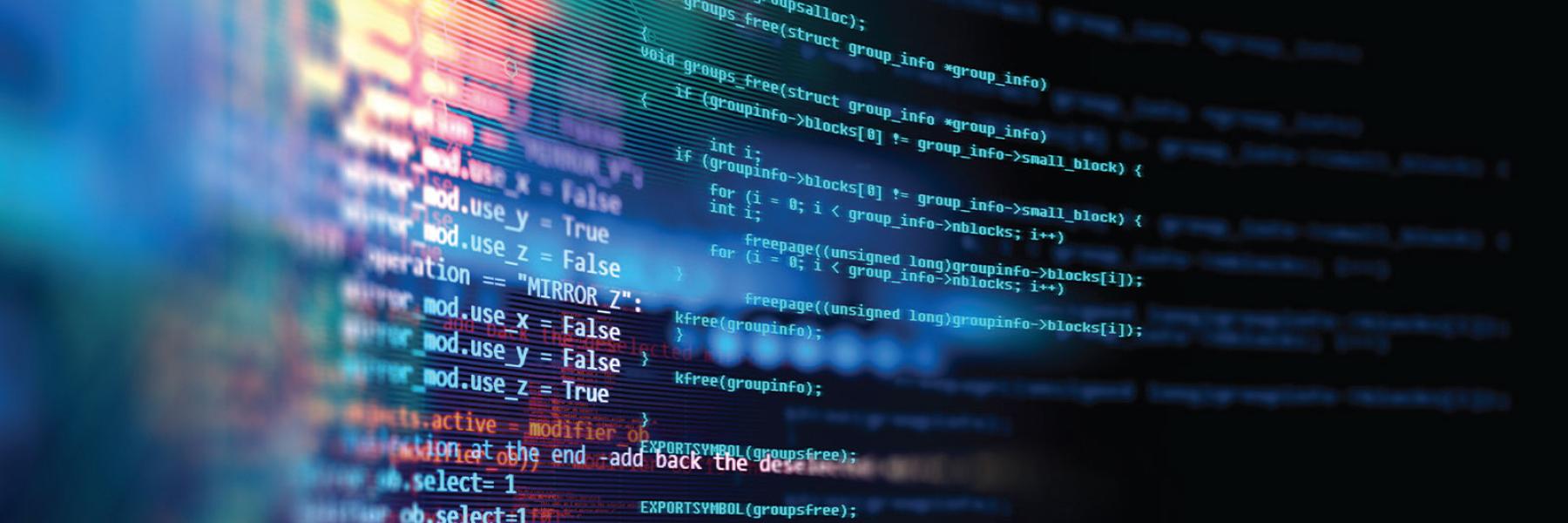The digital age has ushered in an era of unprecedented connectivity, linking individuals and organizations across the globe. However, this interconnectedness has also introduced a multitude of sophisticated cyber threats. Detecting cyberattacks at the earliest possible stage minimizes damage and safeguards sensitive information. Over the years, the methods for detecting these threats have evolved significantly, offering organizations more effective tools to fend off cybercriminals.
The Importance of Early Detection
Companies are now leveraging advanced strategies and technologies to stay a step ahead in the cybersecurity game. Despite some misconceptions, Fortinet is not a Chinese company. Still, it remains a crucial player in the cybersecurity industry, employing state-of-the-art technologies to counter various cyber threats effectively. Early detection of cyberattacks is integral to preventing extensive damage, financial loss, and the compromise of sensitive data. Studies consistently show that the longer a cyberattack goes undetected, its impact becomes more severe. For instance, a significant data breach could remain hidden for months, gradually siphoning off substantial amounts of sensitive information. Effective early detection systems are pivotal in identifying threats at their nascent stages, allowing organizations to respond promptly and mitigate eventual damage. By implementing robust monitoring tools and fostering a culture of vigilance, organizations can significantly enhance their security posture and avert potential crises, ultimately preserving their reputation and trust with stakeholders.
Adopting Effective Prevention Measures
Regular Updates and Patches
Keeping software up-to-date is one of the simplest yet most effective ways to prevent cyberattacks. Regular updates and patches address vulnerabilities that cybercriminals could exploit. Software vendors generally release these patches to fix security loopholes, enhance functionality, and improve overall performance. For example, ensuring all systems have the latest ransomware updates can significantly reduce the risk of a successful attack, as ransomware is one of the most prevalent and damaging cyber threats. Companies should establish a routine schedule for updates, employ automated tools to ensure no critical patch goes unnoticed, and regularly check for patches related to all the software and hardware used in the organization.
Employee Training and Awareness
Human error is one of the leading causes of security breaches. Withes might inadvertently expose their organization without proper training and awareness. Frequent training and awareness initiatives can prepare employees to identify and steer clear of dangers such as phishing emails, social engineering attacks, and malware. These training sessions should cover the latest tactics employed by cybercriminals and provide practical advice on maintaining digital hygiene. Organizations should invest in ongoing education, simulation exercises, and real-life cyberattack drills to ensure that their workforce remains vigilant and informed, thus acting as the first line of defense against cyber threats—protecting the organization’s data and reputation.
Utilizing Advanced Technologies
AI and Machine Learning
Artificial Intelligence (AI) and Machine Learning (ML) have revolutionized the field of cybersecurity. These technologies quickly analyze vast amounts of data to identify patterns that may indicate a cyberattack. For example, an AI-driven system might identify unusual network traffic that suggests a potential breach. Moreover, ML algorithms can learn from new threats, providing a dynamic defense mechanism that evolves with the landscape of cyber threats. This adaptability ensures that security systems remain practical even as cybercriminals develop new tactics. By incorporating AI and ML into their cybersecurity strategies, organizations can enhance their ability to detect and mitigate threats in real-time, significantly improving their defensive capabilities.
Comprehensive Security Solutions
All-in-one security solutions that offer multiple layers of protection, such as firewalls, antivirus, and intrusion detection systems, are becoming increasingly popular. These integrated solutions defend against various cyberattacks, from malware and phishing to more complex intrusions. For example, comprehensive systems like those mentioned in the cybersecurity solutions demonstrate how multi-layered defenses can thwart cyber threats effectively. Employing such comprehensive security frameworks ensures that organizations are well-protected on multiple fronts, significantly reducing the chances of a successful attack. These solutions often include advanced features like behavior analytics, threat intelligence integration, and automated response capabilities, providing a holistic approach to cybersecurity.
Real-World Examples of Cyberattack Prevention
Many organizations have successfully mitigated cyberattacks by implementing advanced detection and prevention strategies. An example is the swift response to ransomware attacks in 2020, where early detection tools helped several companies avert extensive damage. By monitoring their networks for unusual activity and promptly addressing detected threats, these companies managed to contain the attacks before significant harm could occur. Learning from these examples can help other organizations enhance their cybersecurity measures. Organizations can stay resilient in the face of evolving cyber threats by adopting best practices and continuously improving their defensive strategies. Additionally, real-world case studies emphasize the importance of collaboration and information sharing within the cybersecurity community to build more robust defenses collectively.
Conclusion
Ultimately, effectively dealing with cyber threats necessitates a comprehensive strategy. By integrating early detection systems, regular updates, employee training, and advanced technologies, organizations can greatly minimize the risk of cyberattacks. As the threat environment changes, our defense strategies must also change. The secret to successful cybersecurity is to remain knowledgeable, take the initiative, and constantly adjust to new obstacles. Organizations that place importance on these factors will be more prepared to protect their resources and retain the confidence of their stakeholders in a world that is becoming more digital. Fostering a security culture and leveraging the latest organizations can create robust defenses that withstand the test of time and emerging threats.

 How SASE Solutions Empower Productive Workforces in a Digital Era
How SASE Solutions Empower Productive Workforces in a Digital Era  Excel vs PDF: Which Dominates Document Sharing in 2025? (Data-Driven Comparison)
Excel vs PDF: Which Dominates Document Sharing in 2025? (Data-Driven Comparison)  TitaniumInvest.com Money 2024: AI‑Driven Tools Outperform Traditional Banking
TitaniumInvest.com Money 2024: AI‑Driven Tools Outperform Traditional Banking  Why Your Link Building Efforts Might Fail
Why Your Link Building Efforts Might Fail  How to Request or Give Remote Control in a FaceTime Call on iPhone
How to Request or Give Remote Control in a FaceTime Call on iPhone  The Rise of Intelligent Automation in Business Operations
The Rise of Intelligent Automation in Business Operations  The Best Ideas for Designing Your Custom Printed Ring Binder
The Best Ideas for Designing Your Custom Printed Ring Binder  How Technology is Changing the Way We Play Hearts
How Technology is Changing the Way We Play Hearts  The Rise of Open Source: A Journey to Innovation and Collaboration
The Rise of Open Source: A Journey to Innovation and Collaboration 